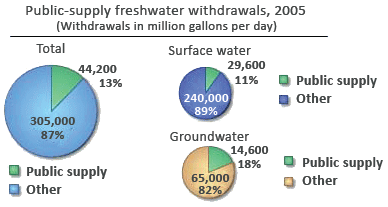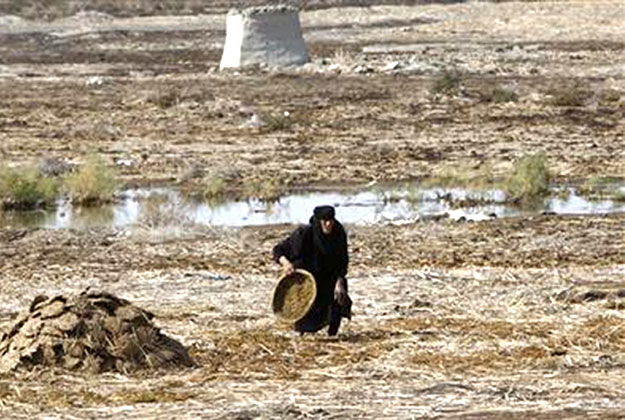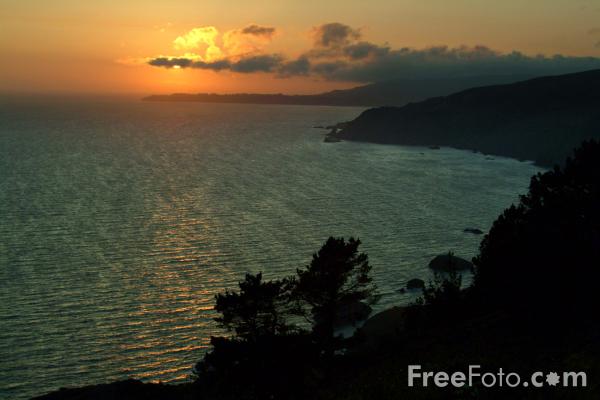Where does our household water come from?
Of course, the easy answer is all water starts off falling from the sky. Although, since precipitation is part of the water cycle, you could also say water doesn’t start or end at anyplace, but goes around in a big cycle.
The U.S. Geological Survey (USGS) compiles national water-use information every 5 years, with the last compilation being for 2005. As far as where all the water that we use in our homes comes from, it is from either a groundwater source, such as a well, or from a surface-water source, such a river, lake, or reservoir. In the U.S. in 2005, about 258 million of the 301 million people in the United States got their home water delivered by a public supplier, such as the county water department. At other homes, mainly is more rural areas, people provide water for themselves from sources such as a well, a cistern, a pond, or a stream. Largely groundwater wells provide water for these users, with almost 98% of water coming from wells. Read more






